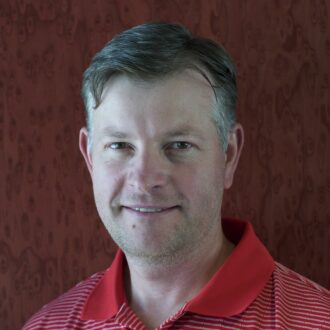Len Pennacchio
Biologist Senior Staff Scientist

Building: 84, Room 240
Mail Stop: 84R0171
Phone: (925) 980-3711
Fax: (510) 486-4229
LAPennacchio@lbl.gov
Links
Divisions
- Genomic Technologies
Secondary Affiliation:
Environmental Genomics and Systems Biology
- Comparative and Functional Genomics
Research Interests
Defining the vast landscape of gene regulatory sequences in the human genome.
Understanding how variation in regulatory sequences influences human disease/biology.
Assessing and exploiting next generation sequencing technologies for applications in both the energy and health sectors.
Recent Publications
Related News
AI Helps Decode Gene Regulation
A combination of comprehensive experiments and machine learning is uncovering hidden complexities of gene expression during development.
The Paradox of ‘Ultraconserved’ Enhancers: Perfect Sequence Conservation Not Required
The last common ancestor of humans and rodents lived more than 80 million years ago, and billions of changes in their respective DNA sequences have occurred over this vast timespan. Yet, intriguingly, there are a few hundred stretches of DNA in our genome that are still identical to the corresponding sequences in mice and rats. Generally, sequence conservation between distantly related species is an indication that the function the DNA serves is vitally important and highly sensitive to mutations. For example, most DNA sequences that encode proteins show at least moderate conservation in evolution. However, more than two-thirds of the “ultraconserved” sequences shared by humans and rodents are outside of protein-coding genes, raising the question of what led to their extreme level of conservation.
Three from Biosciences Area Named AAAS Fellows
The American Association for the Advancement of Science (AAAS), which was founded in 1848 and is the world’s largest general scientific society, announced that 489 of its members—among them nine scientists at Berkeley Lab—have been named Fellows. This lifetime honor, which follows a nomination and review process, recognizes scientists, engineers, and innovators for their distinguished achievements toward the advancement or applications of science. The three newly named Fellows from the Biosciences Area are: Sanjay Kumar, a faculty scientist in the Biological Systems and Engineering (BSE) Division; Mary Maxon, the Associate Laboratory Director for the Biosciences Area; and Len Pennacchio, a senior scientist in the Environmental Genomics and Systems Biology (EGSB) Division and the Deputy of Genomic Technologies at the DOE Joint Genome Institute (JGI).



